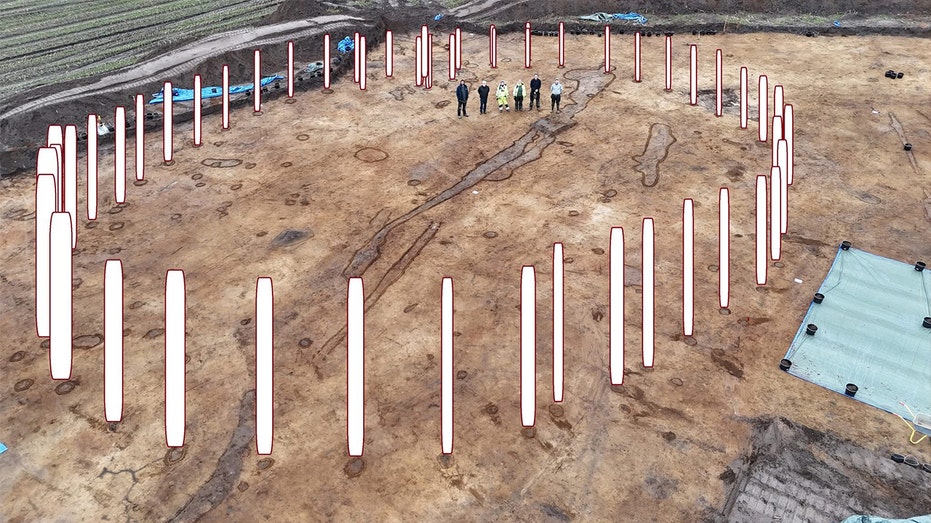- by foxnews
- 10 Mar 2025
Australia’s Covid death rate has been among the lowest in the OECD during the pandemic - but not this week
Australia’s Covid death rate has been among the lowest in the OECD during the pandemic - but not this week
- by theguardian
- 29 Jul 2022
- in news

A winter Omicron wave has left Australia with one of the highest recent Covid death rates in the OECD, according to globally aggregated data.
Australia's seven day average of deaths per million residents (2.77) up to Wednesday currently only trails New Zealand (4.37) and Norway (3.15) among OECD countries, according to figures from Our World in Data.
But that fact should be considered alongside some important context.
Over the entire pandemic, Australia has one of the lowest death rates in the OECD - 439 deaths per million, the United States's is 3,050 deaths per million and the United Kingdom 2,718.
New Zealand has seen fewer deaths than Australia - 378 per million - over the total pandemic but is currently seeing a large outbreak. Many OECD countries saw large outbreaks in 2020 and 2021, while more than half of the deaths in Australia have occurred since March.
Comparison of death rates between countries can be tricky as updates come on different schedules and countries may backdate some cases. The hemispheres also play a role: Australia is experiencing a winter peak as most other OECD countries enjoy the lower-risk period of summer, with their death rates dropping significantly.
With the exception of September 2020, when the deadly second wave outbreak in Melbourne entered aged care homes and caused Australia to briefly have one of the highest death rates in the world, it has managed to maintain one of the the lowest death rates from Covid-19 among OECD countries for more than two years.
That has now changed. You can see the number of daily deaths per million for each OECD country in the interactive below:
The high number of deaths in Australia has followed a higher number of cases - with the country setting a new record of 5,429 hospitalisations on Monday. That number dipped to 5,364 on Wednesday but some states are warning the wave may not peak until the end of August.
Prof Adrian Esterman, an epidemiologist at the University of South Australia said Australia's current high death rate was driven by the larger case numbers and the fact more people have other health issues in winter.
"A lot of it is a winter effect," Esterman said. "What's happening is, during winter we have people going into hospital with respiratory ailments and people going in with heart problems. And while they are there they are getting diagnosed with Covid.
"We have an increased [vulnerable] population in hospital during winter, which may account for the higher death rate."
He said the infection case count had become unreliable because people are not testing or getting false negatives with rapid antigen tests.
"We have an awful lot of undiagnosed cases, so even now when we are getting 40-50 cases a day, it's probably two or three times that," he said.
Because of this, cases of Covid may go undetected in people before they are seriously ill, he said.
Although masks are required in high-risk settings such as public transport, hospitals, and aged care facilities, there is a growing push from epidemiologists and organisations including the Australian Medical Association to mandate them across all public settings.
"What we know is vaccines alone aren't going to cut the case numbers down. They help but they're not enough," Esterman said.
He said the government could start a campaign explaining why people should wear masks or get their third booster.
"None of that is out there," Esterman said.
- by foxnews
- descember 09, 2016
Ancient structure used for cult 'rituals' discovered by archaeologists
A Neolithic Timber Circle was discovered by archeologists in Denmark resembling the historical landmark Stonehenge in the U.K. It is open to be viewed by the public.
read more


